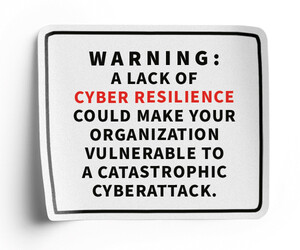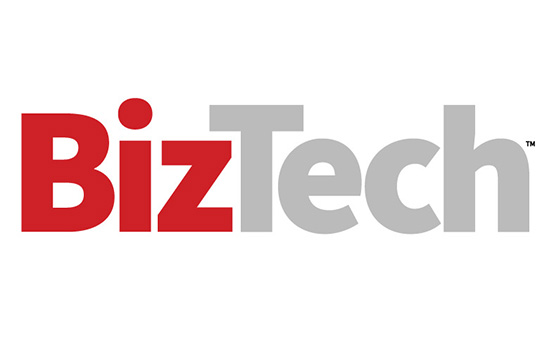1. Increasing Physical Security
Many nonprofits are responsible for managing large physical spaces. This includes organizations such as zoos, aquariums and community groups, which may oversee acres of land with buildings accessible to the public as well as areas designated for staff members.
This means that in addition to cybersecurity, many nonprofits must prioritize physical security, including video surveillance systems and access control technology. Modern camera systems are powered with artificial intelligence, which aids breach investigations and makes it easy to search video for particular keywords, and offer digital storage options both on-premises and in the cloud. Modern access control technology might include anything from keycard scanners and keypads to biometric solutions.
Physical security plays a role in cybersecurity as well. Unsecured server rooms, for example, can be compromised by malicious actors.
RELATED: The nonprofit solutions and services that can bolster your organization’s success.
2. Expanding IT Expertise
IT expertise comes at a high cost, and the widening cyber skills gap makes it increasingly difficult for nonprofits to attract and hire qualified professionals.
Managed IT services can help close this gap. Organizations can contract security expertise for a specific project or to fill a specific role (such as a CISO or CIO), or they can leverage specific services such as penetration testing or maturity assessments. This is critical, as evolving compliance obligations may require nonprofits to conduct regular penetration testing and vulnerability scans each year.
FIND OUT: How to achieve continuous support with these IT technology services.
3. Improving Data Privacy
Ensuring data privacy is also a priority for nonprofit organizations. This starts with basic cybersecurity hygiene, including data encryption, multifactor authentication and secure backups. It also extends to the use of new generative AI tools such as ChatGPT.
Consider a staff member creating new content for a donor campaign. If they provide sensitive or private information to a public tool such as ChatGPT, this information is no longer secure. Instead, it becomes part of the larger ChatGPT database.
There’s also a lack of familiarity with new AI tools, such as Microsoft Copilot. While the platform offers ways to help improve nonprofit productivity, staff members must connect with IT experts to get training and guidance.
This speaks to the need for a holistic approach to data privacy that starts with education. By partnering with experienced managed IT service providers, nonprofits can get up to speed on new solutions and make the best use of new tools without compromising security.
READ MORE: The top technology trends in nonprofits.
4. Managing Network Connections
As more nonprofit operations are carried out online — donor gifting and fundraising drives, for example — organizations need to ensure networks are secure. In practice, this means deploying tools such as next-generation firewalls to detect potential compromise and using intelligent monitoring solutions to provide proactive alerts if unexpected network actions occur.
This is especially critical if donor data is involved. If a network compromise leads to the publication of donors’ personal details, nonprofits could face both regulatory and legal challenges.
Nonprofits aren’t technology companies, but they now operate in a technology-first environment. To protect donor data and reduce the risk of compromise, organizations need to prioritize physical security, IT expertise, data privacy and network connections.
Ready to improve nonprofit security and deliver on donor defense? See how CDW can help.












